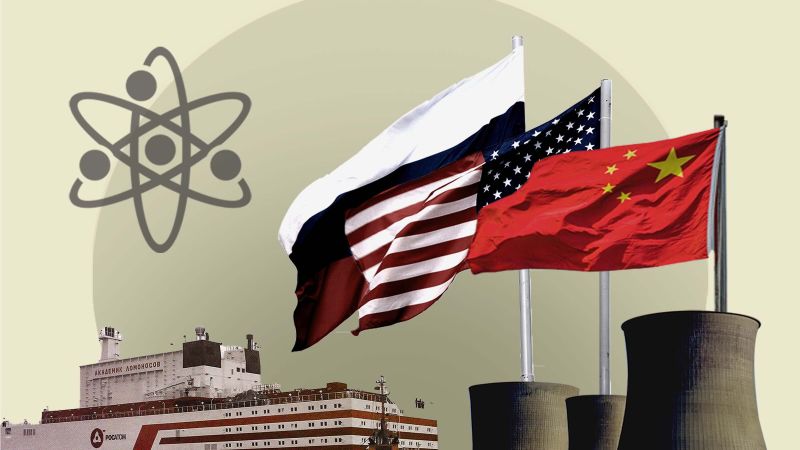Off the Siberian coast, not far from Alaska, a Russian ship has been docked at port for four years. The Akademik Lomonosov, the world’s first floating nuclear power plant, sends energy to around 200,000 people on land using next-wave nuclear technology: small modular reactors.
This technology is also being used below sea level. Dozens of US submarines lurking in the depths of the world’s oceans are propelled by SMRs, as the compact reactors are known.
SMRs — which are smaller and less costly to build than traditional, large-scale reactors — are fast becoming the next great hope for a nuclear renaissance as the world scrambles to cut fossil fuels. And the US, Russia and China are battling for dominance to build and sell them.



They exist, what do you mean? We’ve been powering a fleet of submarines with them since the 1950s.
Yeah, it’s going to cost a lot upfront to get them commercially viable, but for the few places where renewables need assistance, I don’t see why this can’t make sense.
I’m talking about methods of power generation that contribute to the grid. I thought that was obvious, my bad.
They will never be commercially viable. The reason we have always built the biggest nuclear plants feasible is because that was the only way that they made any financial sense.